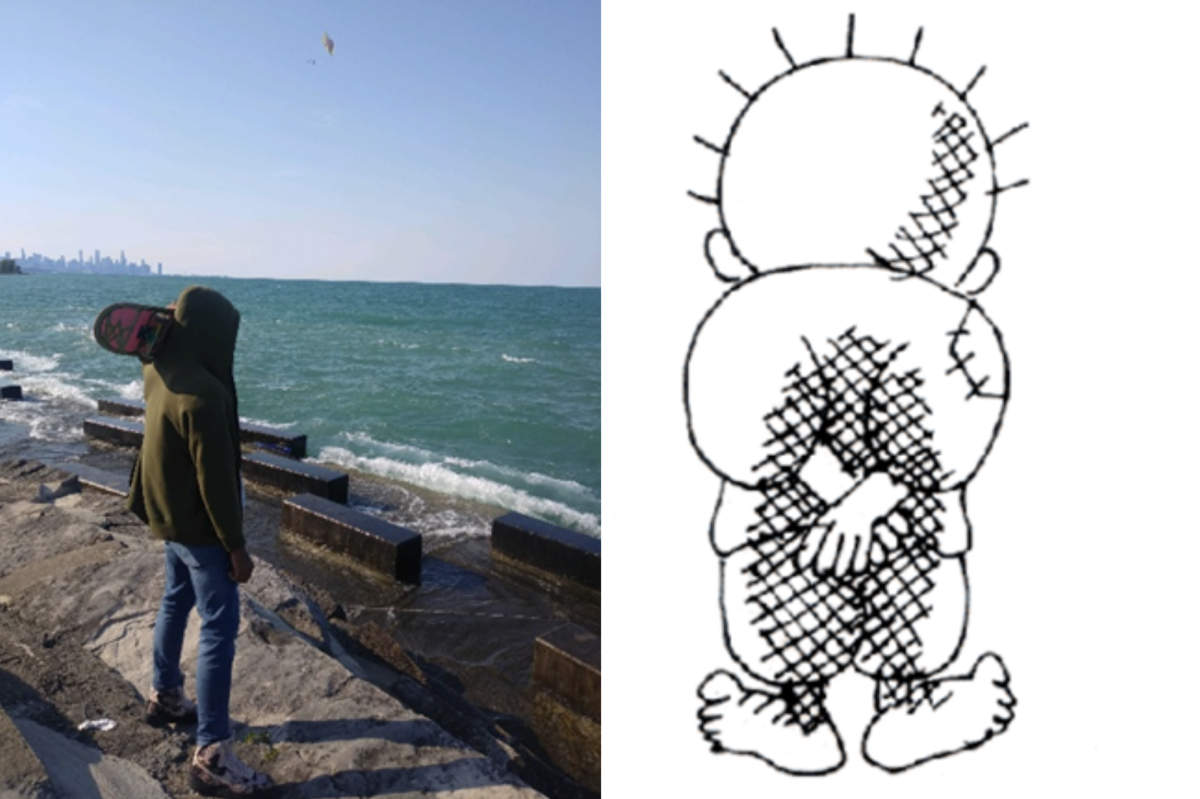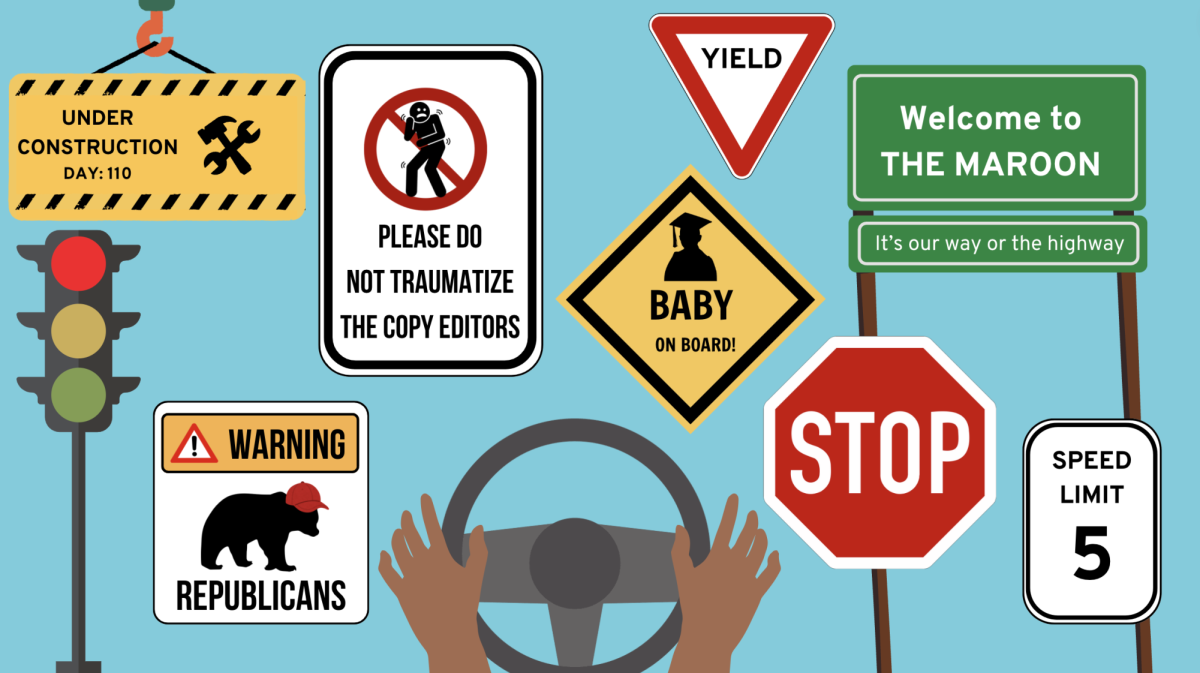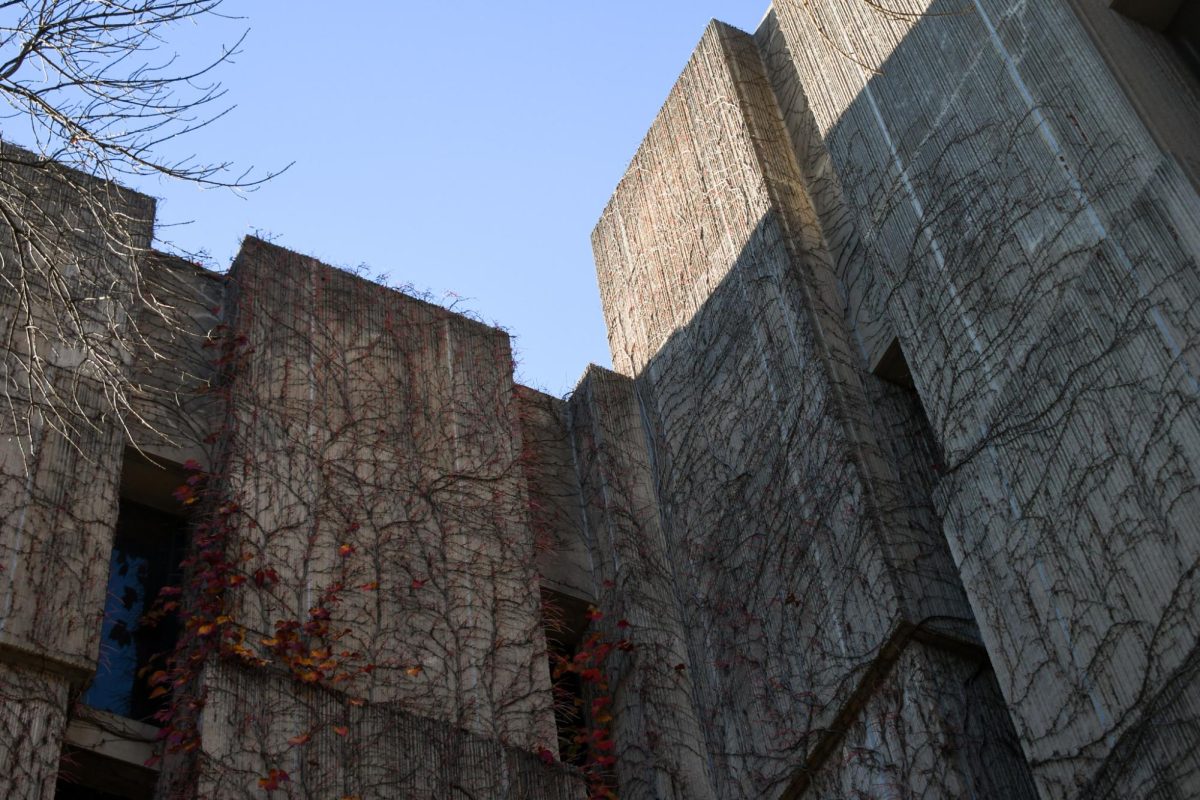Like professor Kimberly Hoang, who recently penned a controversial op-ed about the academic job market in relation to COVID-19, I’ve been thinking a fair amount about academic career paths in the wake of the pandemic. As Hoang helpfully points out, about 30 million Americans, and upwards of 195 million globally, have either lost their jobs or can expect to as a result of the crisis. Less helpfully, she fails to point out many other, much more relevant facts which pose rather fatal contradictions to her forecast for what is likely to be an economic crisis similar in magnitude to the Great Depression. Consequently, her advice for graduate students is condescending at best. Rather than acknowledging how present crises are revealing long-standing institutional rot, Hoang says we must all “share in the sacrifices made” as if students and junior scholars aren’t the ones being sacrificed en masse for problems they didn’t create.
As The New York Times’ Business Page tone-deaf headline on April 30 also reminded us, April concluded the S&P 500’s best month since January 1987. The article explains: “The news is terrible, but Wall Street had its best month in decades.” The tone of Hoang’s advice rings precisely the same, condescending note: Your job prospects are terrible, but at least I have tenure. But crucially, 70 percent of professors in the United States do not. Three out of every four hired newly hired faculty are not on the tenure track. Hoang says that graduate students should simply work harder on their dissertations if they want a job, as if the difficult employment market isn’t the consequence of decades of universities expropriating resources from academia for self-gain, while sticking us with the bill. How hard must one work on their dissertation to get a job when universities like ours are freezing hiring? Fascinatingly, this is justified by an anticipated post-COVID loss of $220 million, curiously not mentioning the more significant losses to high-risk investments and intense cost cutting since 2016.
The overwhelming trend in American academia since the 1970’s has been the devaluation of academia as such, with university administrators pursuing policies to consolidate or discontinue a plethora of programs and departments while enacting draconian budget cuts that never seem to affect their salaries. Consequently, the overwhelming majority of academics occupy the academy only very precariously. Beyond general distortions are those that have always been part of it: only five universities had a black faculty of at least five percent in 2007. The consequences are, naturally, regressive: faculty, adjuncts, and overworked grad students are hence expected to navigate a publish-or-perish environment while simultaneously being burdened with increasing teaching and administrative responsibilities.
These burdens fall hardest on scholars of color, and especially women of color, who’ve swelled academia’s increasingly precarious ranks, yet are cited in publications at rates entirely incommensurate with those of their white and male colleagues. The kicker is that all of this has occurred at the same time as undergraduate tuition rates and administrators’ salaries skyrocketed all over the country. We at UChicago are all too familiar with this. We have the country’s highest tuition and among its highest paid university presidents (Robert Zimmer, whose salary belies an uncaring, deliberate detachment from student affairs). The number of non-academic administrative employees at U.S. universities has more than doubled since the 1990’s. Vanishing funds and opportunities for departments, graduate students, and early career scholars have been appropriated to line the pockets of a vestigial university bureaucracy sustaining itself on this underpaid labor and the exorbitant tuition undergraduates pay for it. The stratospheric rise in administrator pay tracks perfectly with the casualization of academic labor: the new model is to pay adjuncts and grad students a pittance to teach what tenured faculty used to. When some universities cite economic reasons while cutting only humanities departments, and others receive $130 million donations to their economics departments, we need to realize it was never actually about economics, but instead enriching a select few while kicking down the ladder for the rest.
Again, I don’t deny that an acute crisis is coming which will make it a hard time to be a graduate student. But if Hoang had, for instance, thought to talk to GSU members here, she’d know that GSU’s first petition point notes that closures of libraries, labs, and field sites has made most dissertation work impossible in the first place. Read GSU’s petition and compare it to Hoang’s article. I will offer solidarity rather than speaking for them: take it as a point by point rebuttal of Hoang.
Hoang argues, in effect, that those starting with the most significant structural disadvantages must push themselves ever harder to enrich a university which enriches itself by undervaluing them. She also says that such a crisis as this calls for all of our scholarly attention; sure, but the rhetorical flourish calls to mind how the most precarious workers amongst us went from being imminently replaceable to essential, all without so much as PPE, let alone hazard pay. We cannot afford to let universities weaponize this crisis to justify further academic shock therapy. This advice, then, is that you should work harder and expect less. A tenured professor like Hoang need not worry, much less an elite university administrator. COVID-19 is merely highlighting the structural failings of the American academy that the rest of us knew all along.
Jordan Cooper is a third-year in the College.







